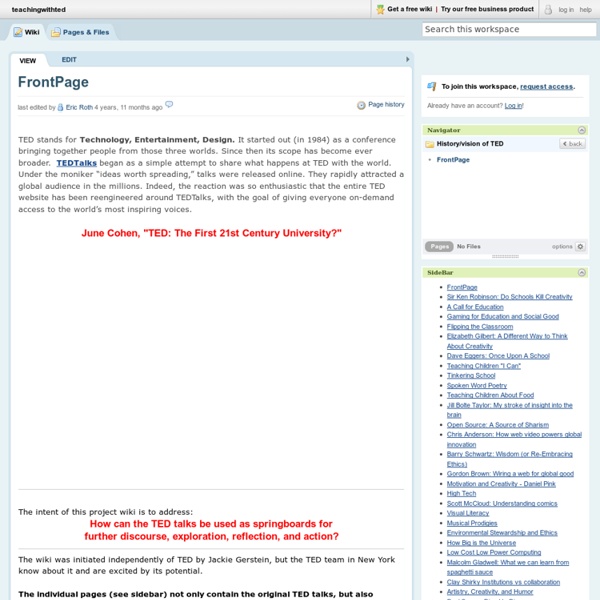



Neo K-12 Free video lectures,Free Animations, Free Lecture Notes, Free Online Tests, Free Lecture Presentations British Life and Culture in the UK - Woodlands Junior School short stories A game of Scrabble has serious consequences. - Length: 4 pages - Age Rating: PG - Genre: Crime, Humor A semi-barbaric king devises a semi-barabaric (but entirely fair) method of criminal trial involving two doors, a beautiful lady and a very hungry tiger. - Length: 7 pages - Genre: Fiction, Humor ‘Bloody hell!’ - Genre: Humor Looking round he saw an old woman dragging a bucket across the floor and holding a mop. - Length: 3 pages Henry pours more coal onto the hearth as a gust of wind rattles through the cracked window frame. - Length: 14 pages - Genre: Horror ulissa Ye relished all the comfortable little routines and quietude defining her part-time job at The Bookery, downtown’s last small, locally-owned bookstore. - Length: 8 pages - Age Rating: U The forest looked ethereal in the light from the moon overhead. - Length: 15 pages - Age Rating: 18 Corporal Earnest Goodheart is crouched in a ditch on the edge of an orchard between Dunkirk and De Panne. - Genre: Fiction - Length: 20 pages
Storyboard That: The World's Best FREE Online Storyboard Creator 25 Best Sites for Free Educational Videos RefSeek's guide to the 25 best online resources for finding free educational videos. With the exception of BrainPOP and Cosmeo, all listed sites offer their extensive video libraries for free and without registration. Academic Earth Thousands of video lectures from the world's top scholars. academicearth.org Big Think Video interviews with 600+ thought leaders in a range of fields. bigthink.com Brightstorm Short-form online video lessons by professional educators. brightstorm.com CosmoLearning Aggregator of free, online video lessons and documentaries. cosmolearning.com Coursera Lectures taught by world-class professors and reinforced through interactive exercises. coursera.org EdX Courses designed specifically for interactive study via the web. edx.org Futures Channel High quality multimedia content ideal for use in the classroom. thefutureschannel.com Howcast Professional and user-generated how-to videos. www.howcast.com Internet Archive archive.org iTunes U Apple iTunes - Apple iTunes Software Khan Academy Hulu
Tiny Texts | Read, listen & learn a littleEnglish Reading Comprehension - Free Worksheets Home- English- Math - Reading - Research - Keys - Newsworthy - Links - Contact Reading Comprehension, Volume 5: Number 32, Word Meanings From Context Number 31, The Painting Number 30, Word Meanings From Context Number 29, Charity, Poem Number 28, Word Meanings From Context Number 27, Mysteries Number 26, As I Awake, Poem Number 25, Democracy and Freedom Number 24, Modest Requirements Number 23, Martin's St. Number 22, Word Meanings From Context Number 21, Word Meanings From Context Number 20, Word Meanings From Context Number 19, You, Poem Number 18, Word Meanings in Context - Antonyms Number 17, Winter Heat Number 16, Word Meanings From Context - Synonyms Number 15, Word Meanings From Context Number 14, The Presidential Campaign Number 13, Memories, Poem Number 12, Word Meanings From Context Number 11, Campaign Finance Reform Number 10, Simple Math Number 9, Fashion Blues Number 8, Word Meanings From Context Number 7, Thank You Sincerely, Poem Number 6, Treasure, Part IV Number 5, Treasure, Part III
children's short stories Peter was tired. After 10 years of holding together the paperwork for “Johnson, A.P. – SSN 555-66-33xx,” his tensile strength was fading; he could feel his molecules beginning to degrade. - Length: 8 pages - Age Rating: U People told tales of long, long ago, when they used to enjoy Halloween, dressing up, knocking on doors showing off their fine costumes, playing something called Trick or Treat and, it used to be fun, but not anymore. - Length: 7 pages Was this a riddle? Becca laughed and smiled at her brother ruefully. - Length: 6 pages Hoover had been the runt of his mother’s fourth litter. - Length: 5 pages It was the fifth day at her new school and ten-year-old Buseje hung her head as she settled down into her desk. She returns to the kitchen and stops in her tracks. - Length: 4 pages Helen was born wrong. - Length: 14 pages Snow fell steadily in the wild woods of Siberia... Bobby Osgood woke up one October morning and he was twelve years old again... Peter was tired. - Length: 8 pages
Weird plurals: Latin and Greek origins, irregular plural noun forms [infographic] Buy this poster Mouse to mice, goose to geese and child to children: an explanation and infographic will help to weed through English’s irregular plurals. <a href=" src= alt="Grammar.net" /></a> [Infographic provided by <a href=" Download high resolution poster here. What are Irregular Plurals? English grammar generally pluralizes a word by tacking -s or -es onto the end of it, but there are plenty of words that buck this; some noun plurals look extremely different from the singular. Latin and Greek Origins Irregular plurals of noun difficulties can be partly blamed on English’s habit of importing from other languages. Phenomenon, phenomena Focus, foci Bacterium, bacteria Cactus, cacti Fungus, fungi Medium, media Stimulus, stimuli Larva, larvae Nucleus, nuclei Hippopotamus, hippopotami Vertebra, vertebrae Alga, algae Radius, radii -ies Family, families -Ves
English Grammar Online - free exercises, explanations, vocabulary, dictionary and teaching materials